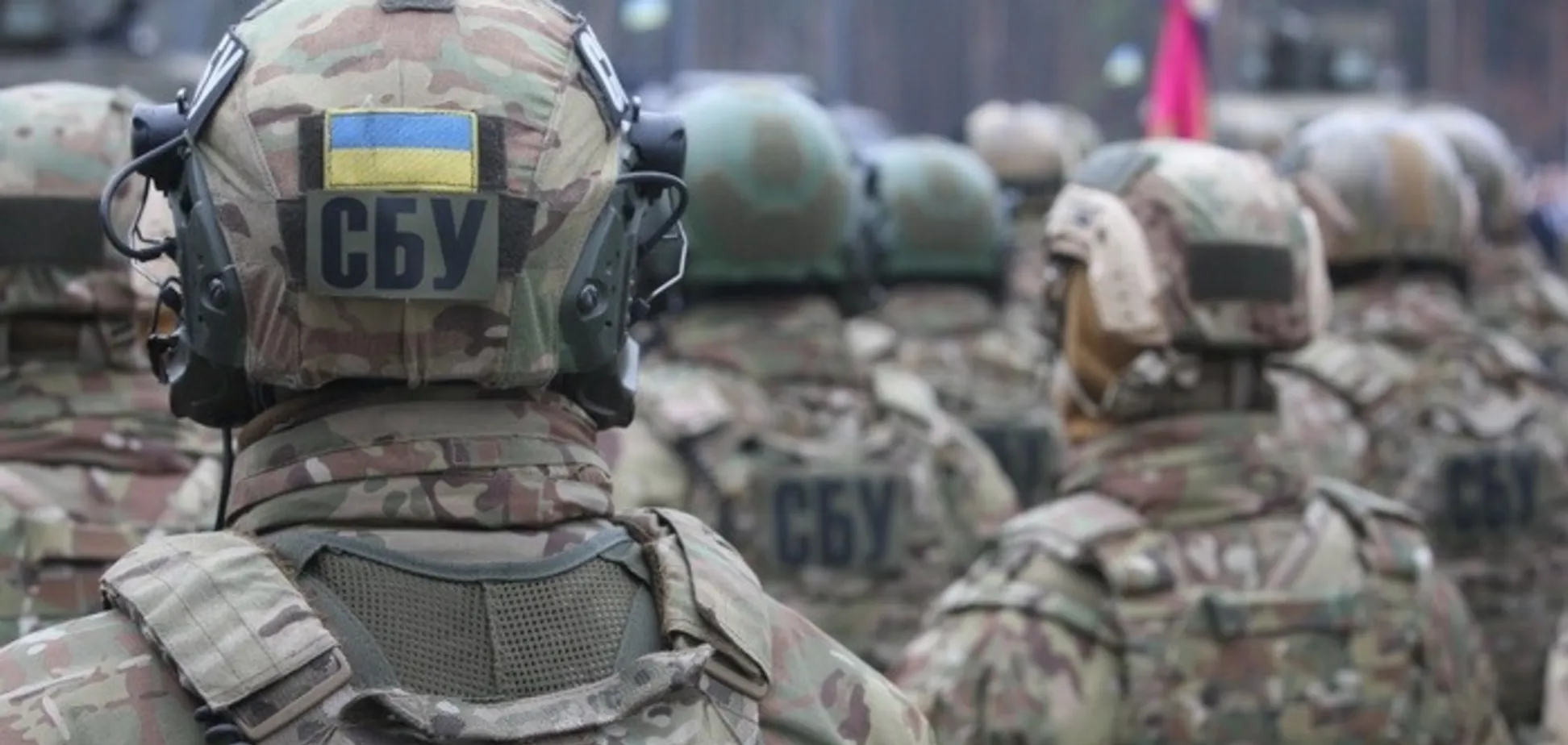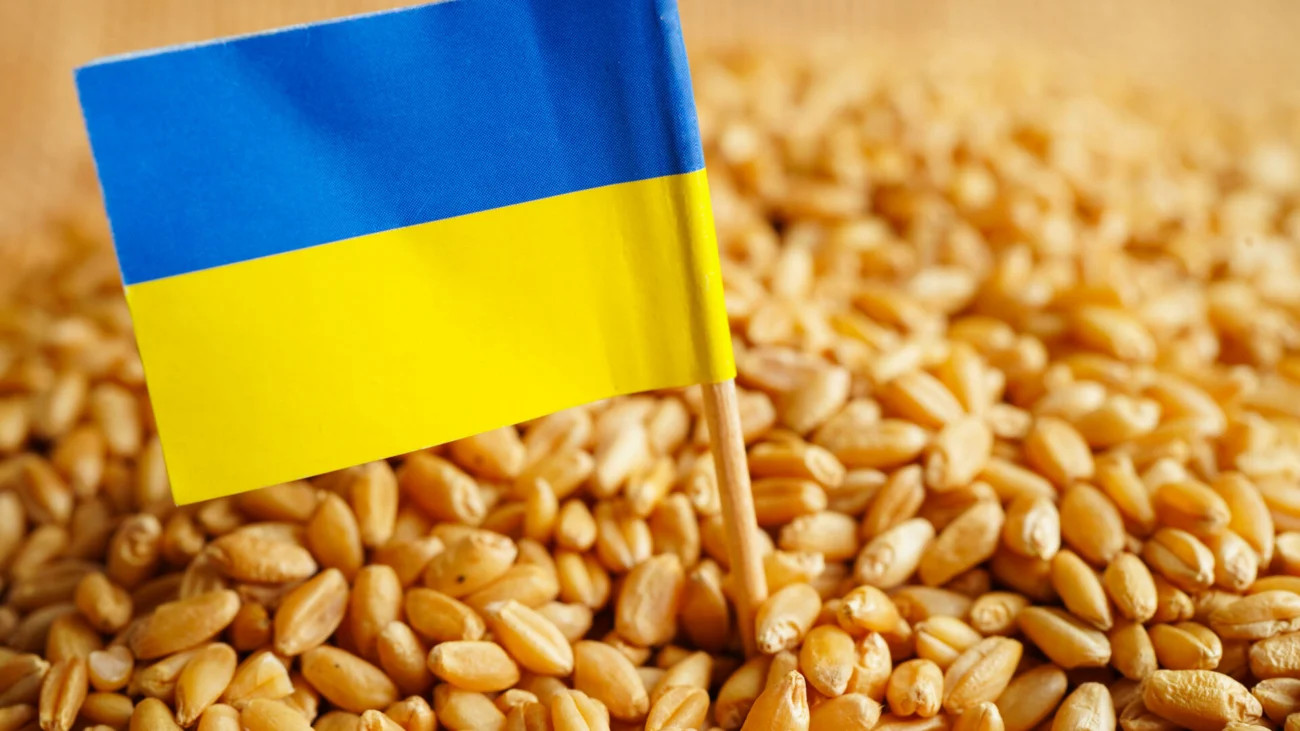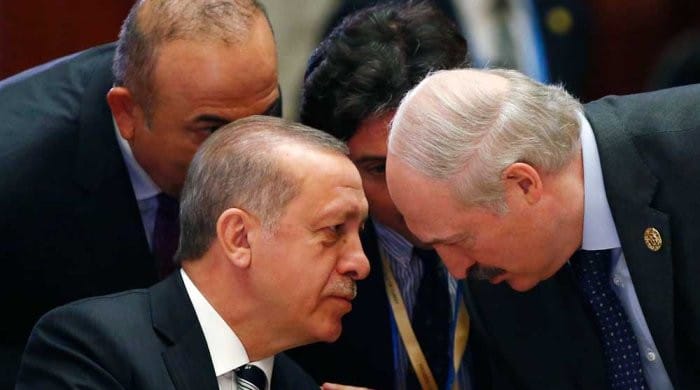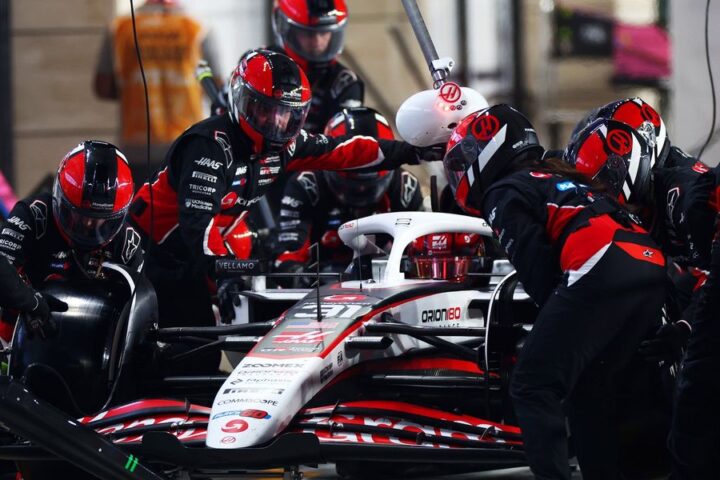For the first time in its history, Ukraine has uncovered a Hungarian military intelligence network operating on its territory. The Security Service of Ukraine (SBU) revealed covert agents working in Zakarpattia, a region home to a sizeable ethnic Hungarian population. But this isn’t merely an espionage scandal — it’s a sign of Budapest’s growing irredentist ambitions and a potential fracture line within NATO’s unity as Hungary drifts further from its Western allies.
Why Is Hungary Conducting Covert Operations in Ukraine?
Budapest’s clandestine activities in Zakarpattia aren’t random. They reflect strategic goals tied to territorial revisionism, geopolitical leverage, and potential military opportunism:
- Territorial revisionism: Hungary has long claimed to defend the interests of its ethnic diaspora, especially in Zakarpattia. Intelligence gathering in the region raises fears that Budapest may be laying the groundwork for future territorial claims.
- Military and political leverage: By identifying vulnerabilities in Ukraine’s defences, Hungary positions itself to exert pressure — diplomatically or militarily — should Kyiv’s position weaken.
- Ethnic provocation: Budapest appears ready to use the ethnic Hungarian minority as a pretext for intervention, echoing Moscow’s tactics in Crimea and the Donbas.
Could Hungary Intervene Militarily? Possible Scenarios
While a full-scale invasion seems unlikely, experts warn of three plausible scenarios in which Hungary could act under the guise of peacekeeping:
- “Protecting minorities”: Claiming humanitarian concern, Hungary could move troops into Zakarpattia if unrest or alleged oppression of ethnic Hungarians emerges.
- “NATO buffer” mission: In a deteriorating security situation, Budapest might act under the false pretence of a stabilising NATO force, even without Alliance approval.
- “Bilateral peacekeeping” with Russia: Hungary might launch a joint mission under a non-NATO framework, potentially in coordination with Moscow — a move designed to fracture Western consensus.
Hungary’s military is not equipped for a large-scale campaign, but it is capable of limited incursions. With 30,000 active personnel, rapid-response units, and modern air mobility assets (including Gripen jets and helicopters), the country could support a symbolic occupation or temporary stabilisation mission.
Covert Cooperation? Hungary’s Intelligence Ties with Russia
Why is Hungary interested in front-line intelligence irrelevant to its direct security? There’s growing speculation that Budapest may be feeding sensitive military data to Russia, a NATO adversary. Several indicators point towards a disturbing alignment between Hungarian intelligence and Russia’s GRU:
- Shared strategic aims: Both nations challenge Ukraine’s sovereignty—Russia through aggression, Hungary via revisionist claims.
- Diplomatic alignment: Hungary has consistently blocked EU sanctions, stalled NATO initiatives, and maintained ties with Gazprom and Rosatom.
- Disinformation coordination: Ukrainian and EU intelligence agencies have documented media narratives from Budapest echoing Russian propaganda.
- Use of GRU tradecraft: Hungarian operatives have employed methods strikingly similar to GRU tactics — recruitment of locals, cultural camouflage, and military data collection.
These patterns suggest Hungary may be acting as a Trojan horse within NATO, offering Moscow indirect access to intelligence and geopolitical influence.
NATO at Risk: The Fallout of Hungary’s Rogue Behaviour
Hungary’s actions are not just a Ukrainian problem — they pose a broader threat to NATO’s credibility and regional security:
- Erosion of NATO unity: A member state undermining Ukraine jeopardises the Alliance’s core mission and collective trust.
- Increased escalation risks: Covert or overt operations by Hungary could provoke asymmetric Russian responseselsewhere in Ukraine.
- Internal fragmentation: Budapest’s behaviour gives the Kremlin a tool to divide Western resolve from within.
How to Counter Hungary’s Threats
To respond effectively, both NATO and Ukraine must adapt their strategies:
- Tighten NATO oversight of member activity near conflict zones and demand greater transparency in intelligence operations.
- Boost Ukrainian counterintelligence efforts in minority-heavy regions like Zakarpattia.
- Introduce conditionality within NATO and the EU, restricting Hungary’s privileges if it violates shared security norms.
- Support Zakarpattia with economic and civil investments, making local populations more resilient to manipulation.
When Could Hungary Strike? Potential Triggers
Though unlikely to launch a full-scale war, Budapest may act militarily if specific conditions align:
- Collapse of Kyiv’s control: Should Ukraine suffer a major retreat, Hungary could move in under the banner of “stabilisation”.
- Ethnic unrest: An orchestrated incident involving ethnic Hungarians could serve as a trigger for intervention.
- Moscow’s encouragement: Hungary might move with a tacit or overt green light from Russia to open a second front.
- NATO paralysis: If the Alliance becomes divided, Hungary may feel emboldened to act unilaterally.
- Domestic political turbulence: A nationalist pivot by Viktor Orbán could use foreign policy aggression to rally domestic support.
Signs of preparation are already visible: military mapping, propaganda narratives, and legal pretexts are being assembled.
The Political Forces Behind Hungary’s Threatening Posture
Within Hungary, certain factions are pushing this confrontational agenda:
- Orbán’s Fidesz party: The ruling party promotes a revisionist and nationalist agenda, with Zakarpattia viewed through the lens of “historic Hungarian lands”.
- Hungarian intelligence services: Closely aligned with the Fidesz regime, they function as political tools, advancing Budapest’s geopolitical goals.
- Far-right nationalists: Movements like Mi Hazánk Mozgalom advocate for territorial revisionism and openly challenge NATO and the EU. Their ideology aligns with Kremlin narratives, promoting “sovereignty” and neutrality — code words for undermining Western unity.
Russian Influence via Hungary’s Nationalist Movements
These extremist groups operate within a broader disinformation ecosystem nurtured by Russian propaganda:
- Amplification by Russian media: State-backed outlets like RT and Sputnik offer favourable coverage of Hungary’s far-right.
- Cross-border networks: Groups like Mi Hazánk take part in pan-European nationalist circles, many of which have documented ties to Russian influence operations.
- Pressure on mainstream politics: Even if not in power, these groups drag the political discourse further toward nationalism and confrontation.
Their presence is part of a wider strategy to destabilise Ukraine and weaken Western alliances from within.
Hungary’s intelligence activities in Ukraine are not isolated incidents — they are symptoms of a larger strategic realignment. The convergence of Hungarian and Russian interests, both overt and covert, demands serious scrutiny. As the war in Ukraine grinds on, the danger of a second front—political or military—emerging in Zakarpattia is real. Europe must prepare for it with clear eyes, steady nerves, and united resolve.













